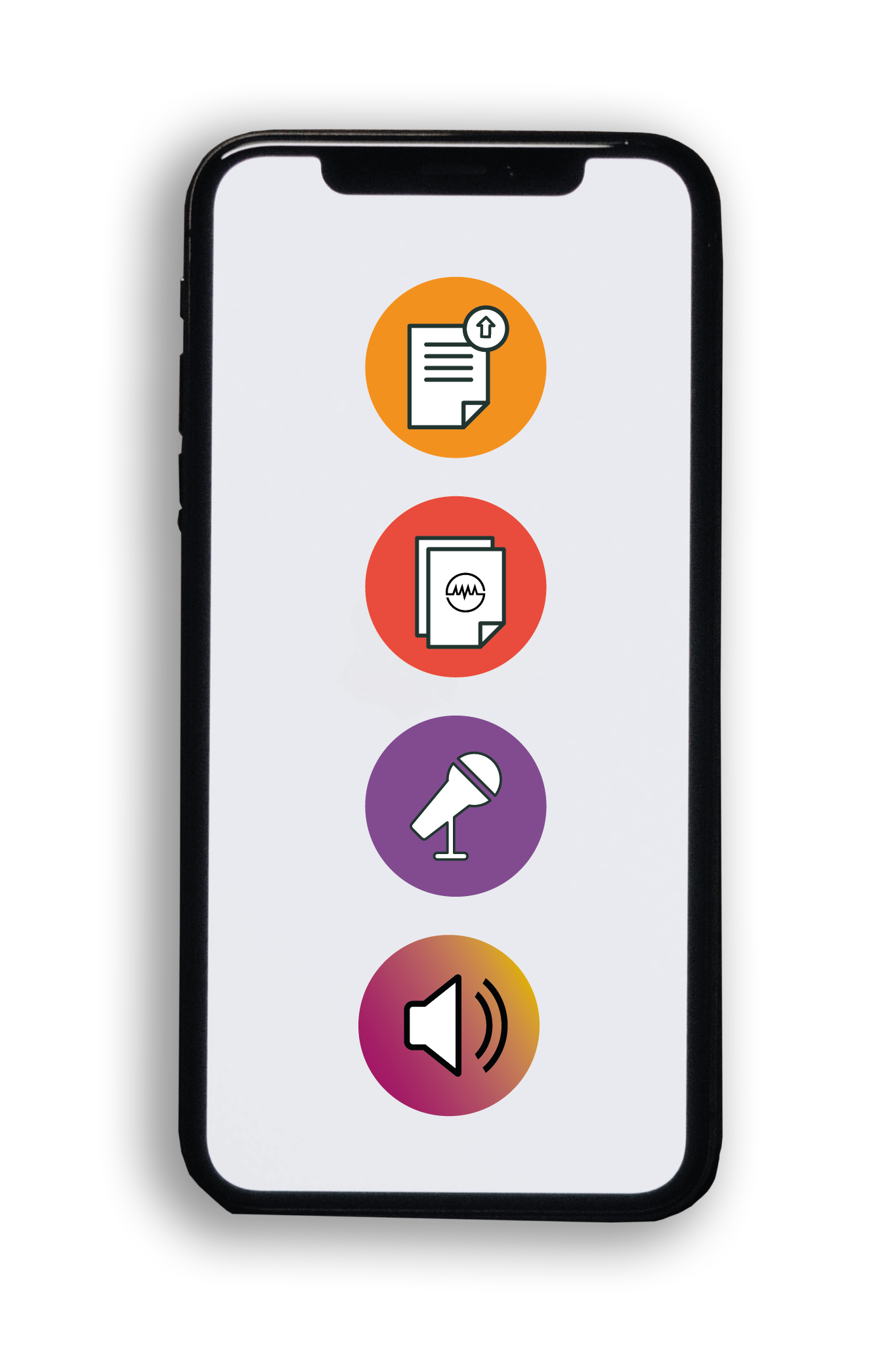PMAC 2022: Moving Towards the World We Want
Original Article Reference
This SciPod is a summary of https://doi.org/10.33548/SCIENTIA807
About this episode
This work is licensed under a Creative Commons Attribution 4.0 International License. 
What does this mean?
Share: You can copy and redistribute the material in any medium or format
Adapt: You can change, and build upon the material for any purpose, even commercially.
Credit: You must give appropriate credit, provide a link to the license, and indicate if changes were made.
More episodes
Dr. Genny Beemyn – Dr. Abbie Goldberg | Beyond the Binary: A New Generation’s Approach to Gender
In the Autumn of 2022, hopeful college students across the United States clicked through the questions on the Common Application, the digital gateway to more than one thousand colleges and universities. For the first time, alongside their grades, essays, and extracurricular lists, applicants had the chance to provide their gender and pronouns. These questions might seem a small detail, tucked between test scores and teacher recommendations, but their impact is enormous. They mark a turning point in higher education, one where students are able to represent themselves more authentically. Thanks to the work of Dr. Genny Beemyn of the University of Massachusetts Amherst and Dr. Abbie Goldberg of Clark University, we now have the first large-scale glimpse into how a new generation of young people is reshaping society’s understanding of gender.
Tanja Oschatz | Factors that Sustain the Gendered Pleasure Gap: Gendered Media Representations of Sexual Pleasure and Women’s Performance of Sexual Emotional Labor
Despite decades of awareness about gender equality, a persistent pleasure gap remains between women and men in sexual encounters, with women experiencing significantly fewer orgasms and less sexual pleasure. It is important to note that this gender difference exists primarily in contexts where women have sex with men, while women who have sex with women tend to experience more orgasms and sexual pleasure. Since the gendered pleasure gap cannot be explained by biological factors, researchers continue investigating hidden sociocultural forces that perpetuate this inequality. Two complementary studies from Tanja Oschatz at Johannes Gutenberg University and her colleagues reveal previously overlooked contributors to this gap: women’s performance of sexual emotional labor in intimate relationships and biased media representations of sexual pleasure.
Dr. Osei Appiah | How Political Identity Trumps Racial Identity in Cross-Race Conversations About Sensitive Topics
Research from communication scholars at The Ohio State University reveals fascinating new insights about the dynamics of conversations about race-related issues in the USA. Two complementary studies show that White participants expected more negative outcomes and were more likely to avoid conversations with fellow White people from different political parties than with Black people from different parties. The findings challenge assumptions about racial identity and suggest that partisan divisions have become more influential than racial divisions in shaping willingness to engage in difficult conversations.
Professor Juliane Reinecke – Professor Jimmy Donaghey | How Deliberate Ambiguity Built One of the World’s Most Successful Worker Safety Initiatives
Research from Professor Juliane Reinecke at the University of Oxford and Professor Jimmy Donaghey at the University of South Australia reveals how strategic ambiguity in international agreements can paradoxically strengthen rather than weaken collective action. Their eight-year study of the Bangladesh Accord for Fire and Building Safety demonstrates how deliberately vague language that initially enables difficult negotiations can evolve into robust, expanding commitments that exceed original expectations.
Increase the impact of your research
• Good science communication helps people make informed decisions and motivates them to take appropriate and affirmative action.
• Good science communication encourages everyday people to be scientifically literate so that they can analyse the integrity and legitimacy of information.
• Good science communication encourages people into STEM-related fields of study and employment.
• Good public science communication fosters a community around research that includes both members of the public, policymakers and scientists.
• In a recent survey, 75% of people suggested they would prefer to listen to an interesting story than read it.

Step 1 Upload your science paper
Step 2 SciPod script written
Step 3 Voice audio recorded
Step 4 SciPod published




